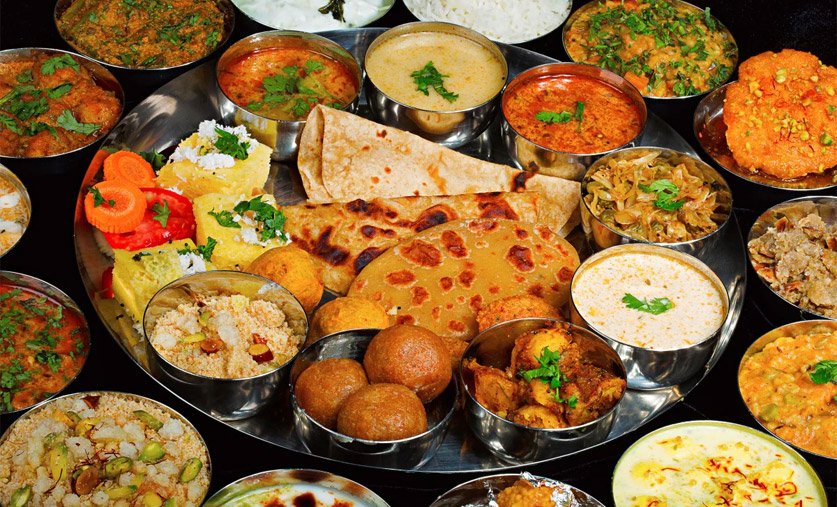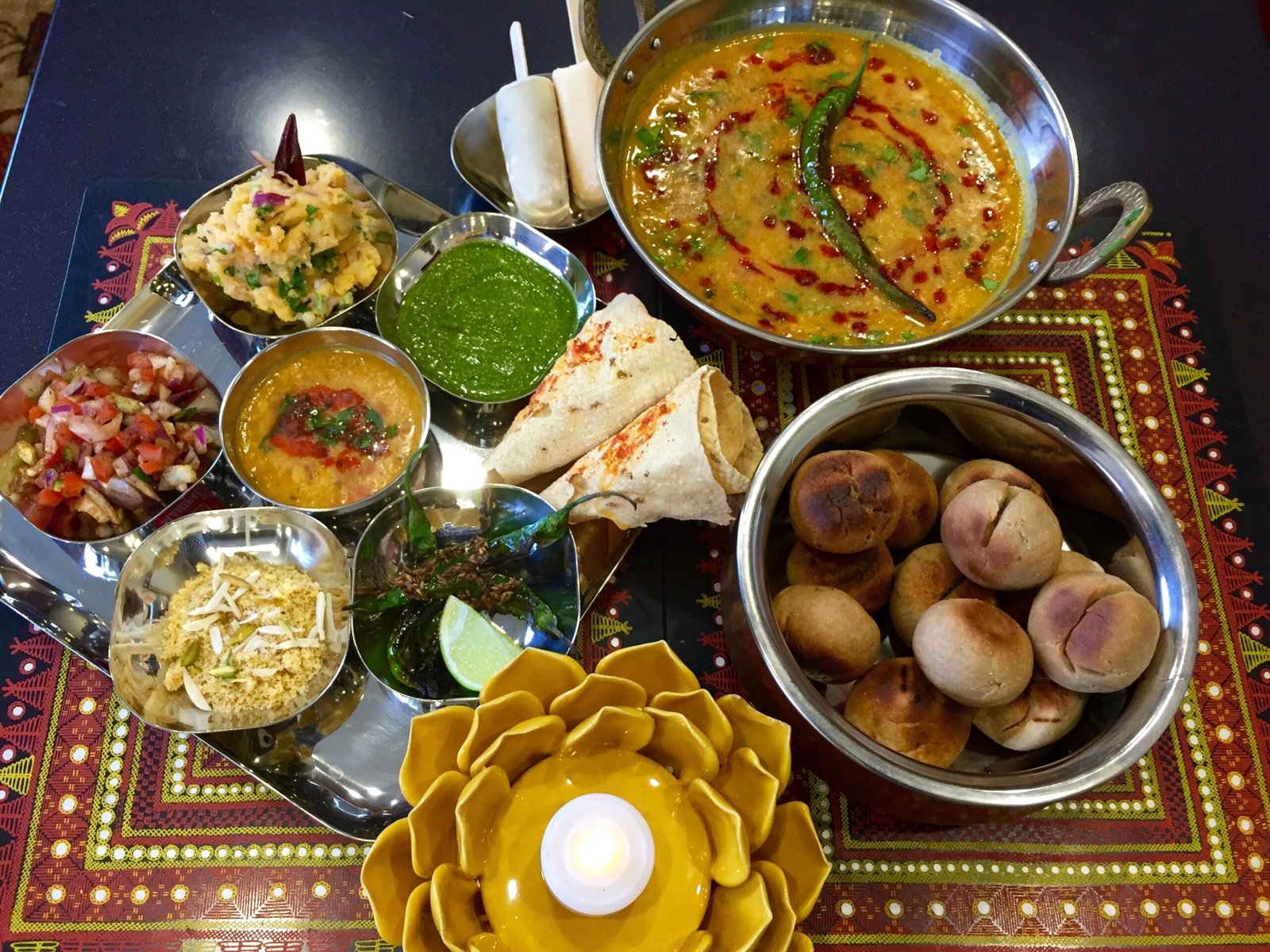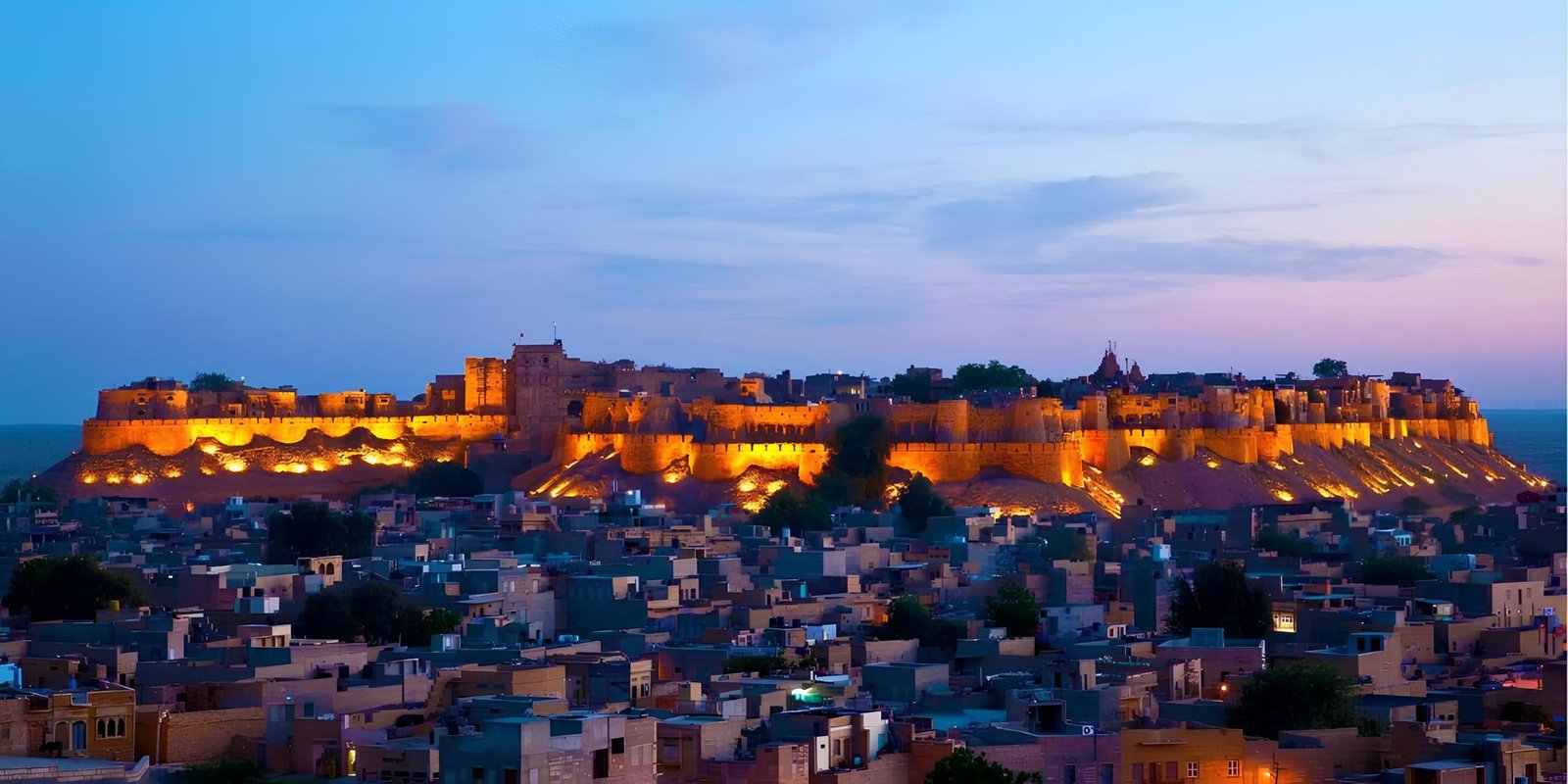For travelers visiting India, the culinary diversity of the northern region stands out as an experience not to be missed. From the bustling lanes of Chandni Chowk to the majestic streets of Amritsar and Lucknow, North Indian cuisine presents an unforgettable fusion of taste, aroma, and tradition. Many start their journey with an immersive old Delhi food tour, where age-old recipes meet centuries of cultural heritage in every bite.
The Cultural Legacy of North Indian Cuisine
North Indian food isn’t just about flavor—it’s a reflection of history. Influences from the Mughal empire, regional royalty, and diverse communities have come together over centuries to shape the cuisine. This rich tapestry is seen in dishes like kebabs that trace their roots to Persian traditions and in the slow-cooked curries perfected by Indian chefs in royal kitchens. Each spice and cooking technique holds a legacy, adding depth and character to the meals.
Aromatics and Spices That Tell a Story
Spices are the soul of North Indian cooking. Unlike mere seasoning, spices in this region are used to build layers of flavor and to serve functional health benefits. Turmeric for its anti-inflammatory qualities, cumin for digestion, and cardamom for its soothing aroma—these are not just ingredients but elements of a deeper culinary philosophy. Whether it’s the bold punch of garam masala or the smoky allure of tandoori, every flavor note is intentional and meaningful.
Vegetarian Variety and Non-Vegetarian Richness
North India is a haven for both vegetarian and non-vegetarian food lovers. In states like Punjab and Uttar Pradesh, paneer-based dishes such as Shahi Paneer and Matar Paneer dominate vegetarian menus, while hearty meat dishes like Rogan Josh and Butter Chicken draw in meat lovers from around the world. Curious travelers often explore the authentic Dishes of North India to understand how different states have mastered their unique food identities.
Street Food: The Heartbeat of the North
For many tourists, the real taste of a destination lies in its street food. North India, particularly cities like Delhi, Varanasi, and Jaipur, is home to a dazzling array of roadside delicacies. From spicy chaat and stuffed parathas to deep-fried kachoris and melt-in-your-mouth jalebis, the street food culture is as vibrant as it is delicious. It’s not just about eating—it’s a social experience. Locals and travelers alike gather around stalls, sharing laughs, stories, and plates of food under the open sky.
Tandoori Traditions and the Art of Clay Oven Cooking
Another iconic hallmark of North Indian cuisine is the use of the tandoor. This traditional clay oven is used to bake, roast, and grill, infusing dishes with a distinctive smoky flavor that’s impossible to replicate elsewhere. Tandoori Chicken, Naan, and Seekh Kebabs are just a few of the culinary treasures born from this method. The technique has become so beloved that it’s been adopted in international kitchens, yet nothing matches the authenticity found in North India’s roadside eateries and traditional restaurants.
Regional Flavors That Reflect Diversity
While the broader label “North Indian” is often used, the truth is that the region boasts immense intra-cultural variation. Kashmiri food emphasizes subtle spices and dried fruits, while Rajasthani dishes are known for bold use of red chili and rustic techniques due to water scarcity. Himachal Pradesh’s cuisine leans on lentils, slow-cooked vegetables, and dairy, creating hearty mountain meals. Each state within North India offers a different interpretation of taste, tied deeply to its geography and history.
Home-Cooked Hospitality and Warmth
Beyond restaurants and street stalls, many tourists fall in love with the hospitality that accompanies North Indian meals. In traditional homes, food is served with care and pride. The act of sharing a meal is sacred—guests are treated like gods, and hosts often go above and beyond to ensure their guests are full and satisfied. This warm, inclusive approach to dining leaves a lasting impression and transforms a simple meal into a memory.
Influence on Global Cuisine
North Indian food has made its mark globally. Dishes like Chicken Tikka Masala, originally developed by the diaspora in the UK, have gained worldwide popularity. Indian restaurants from Toronto to Tokyo often focus on North Indian staples due to their rich flavors and universal appeal. The use of aromatic spices, creamy gravies, and flatbreads has introduced global audiences to a complex and satisfying culinary experience that continues to grow in demand.
Why Tourists Seek Guided Food Experiences
As interest in North Indian cuisine grows, so does the demand for guided culinary experiences. These tours help travelers connect with the origins of dishes, the chefs behind them, and the stories that shaped their evolution. For those planning their trip, curated food tour packages in India offer a thoughtful way to explore both iconic and lesser-known regional specialties. It’s not just about food—it’s about storytelling, interaction, and immersion into India’s living culinary history.
Final Thoughts
There’s no single reason why every tourist falls in love with North Indian flavors—there are many. The richness of the ingredients, the centuries-old cooking techniques, the cultural influences, and the heartfelt hospitality together create an unforgettable gastronomic journey. Whether it’s tasting street food on a historic old Delhi food tour, savoring the carefully curated Dishes of North India, or opting for comprehensive food tour packages in India, every bite tells a story, and every story stays with you long after the tour ends.




